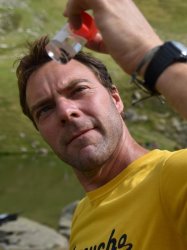BibTex format
@article{Rhodes:2017:10.1534/genetics.117.203836,
author = {Rhodes, J and Desjardins, CA and Sykes, SM and Beale, MA and Vanhove, M and Sakthikumar, S and Chen, Y and Gujja, S and Saif, S and Chowdhary, A and Lawson, DJ and Ponzio, V and Colombo, AL and Meyer, W and Engelthaler, DM and Hagen, F and Illnait-Zaragozi, MT and Alanio, A and Vreulink, J-M and Heitman, J and Perfect, JR and Litvintseva, A and Bicanic, T and Harrison, TS and Fisher, MC and Cuomo, CA},
doi = {10.1534/genetics.117.203836},
journal = {Genetics},
pages = {327--346},
title = {Tracing genetic exchange and biogeography of cryptococcus neoformans var. grubii at the global population level},
url = {http://dx.doi.org/10.1534/genetics.117.203836},
volume = {207},
year = {2017}
}

